Your Sunscreen Is Contributing To The Decline Of Coral Reefs

Your sunscreen is contributing to the decline of coral reefs
A new report has found that a common sunscreen ingredient is actually toxic to coral, and is killing off juvenile coral and severely damaging adult coral in high concentrations around the world, particularly in Hawaii and the Caribbean.
The ingredient in question? A UV-filtering chemical compound called oxybenzone - also known as BP-3 or Benzophenone-3 - which is found in 3,500 brands of sunscreen around the world, including L’Oreal Paris, Banana Boat, and Neutrogena.
- ScienceAlert
More Posts from Llamaslikesciencetoo and Others


Manatee

Big sister drops to her knees to show affection to newborn Photo by James Irwin
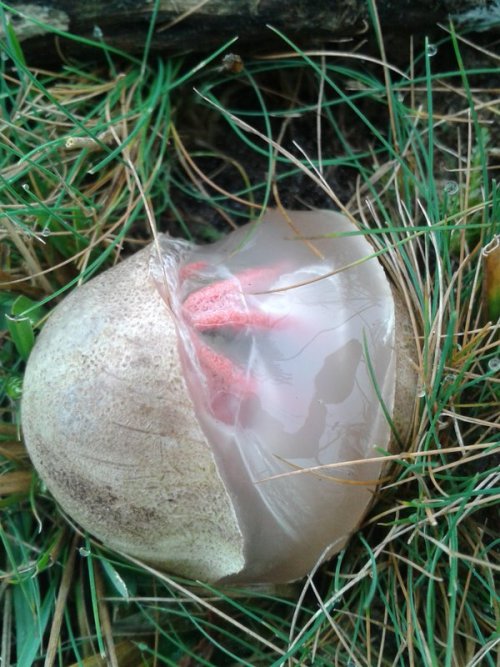
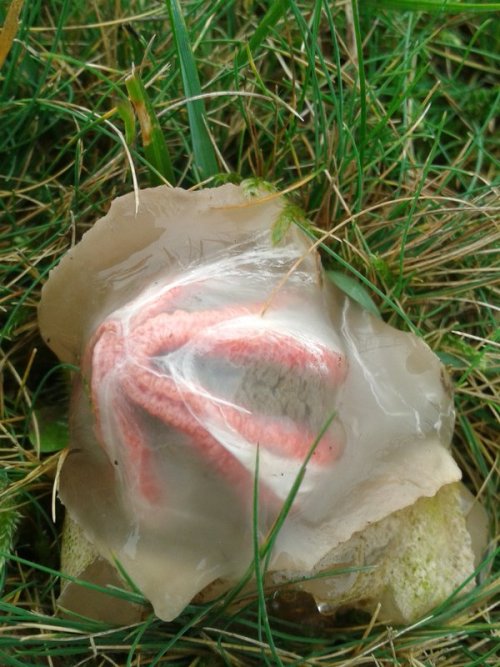
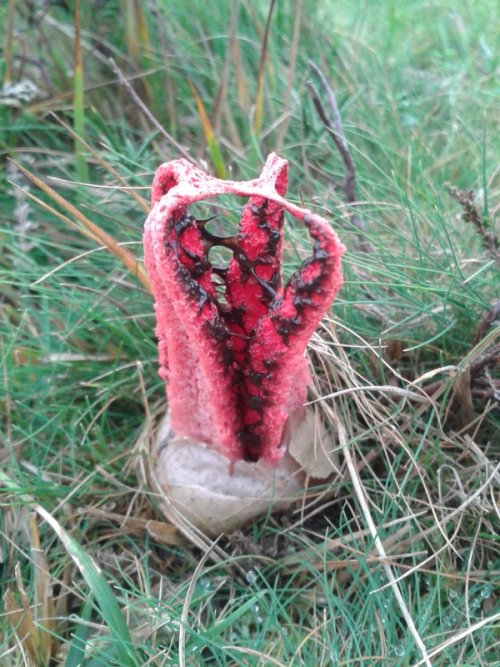
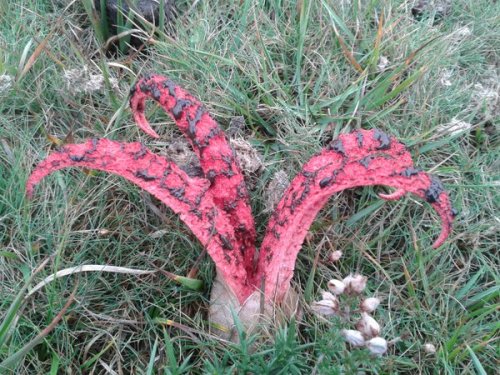
(image credit to Dan Hoare on twitter)
I ONLY JUST LEARNED ABOUT THE EXISTENCE OF THIS MUSHROOM????? WHICH ERUPTS FROM AN EGG BEFORE UNCURLING HELLISH ARMS, EXPOSING ITS STICKY MASS OF SPORES TO BE SPREAD BY FLIES ATTRACTED BY THE SCENT OF ROTTING FLESH???
Admittedly, I am easily won over by all organisms that attract flies with the scent of rotting flesh. But the octopus stinkhorn (Clathrus archeri) also has tentacles, a freaky egg stage, and blackish goop, so it’s my favorite now.

x
don’t 👏🏼 go 👏🏼 to 👏🏼 the 👏🏼 disco 👏🏼 if 👏🏼 you 👏🏼 won’t 👏🏼 panic 👏🏼

7 types of fog you didn’t know had names
Fog comes in several distinct varieties that are influenced by nearby bodies of water, landscape features and other local factors. Here are some of the most impressive forms of it on the planet.



A study of Saurian morphology: Pseudosuchia (part 2)
Look at that. It’s a croc. With flippers. Yes it did actually exist.
Note to self: learn to schedule these things better. Coming back home after a long day of work to find out I had to do something with a ton of scales is NOT. AT. ALL. FUN. I’ll have to fix dem legs one day but right now I just can’t be bothered.
Edit: oh hey that sucker doesn’t look as bad as I originally had in mind.
- - -
Will Art for Science · Find me elsewhere

Sharks are fucking metal!



Meet the orchid mantis.
Orchid mantises—particularly juveniles—seem aptly named. They’re predominantly white with pink or yellow accents, similar to some orchids and other flowers, and their four hind legs are lobed, like petals. But if you search for an exact floral counterpart, as behavioral ecologist James O’Hanlon did, you probably won’t find one. “I spent forever looking for a flower that they look just like,” he says, to no avail.
As it turns out, rather than mimicking one floral species, the insect instead may embody a “generic or an average type of flower” in order to attract bees and other pollinating insects as prey.
What’s more, as far as O’Hanlon can tell, it’s the only animal on record that “takes on the guise of a whole flower blossom” as a predatory strategy.
Learn more here.
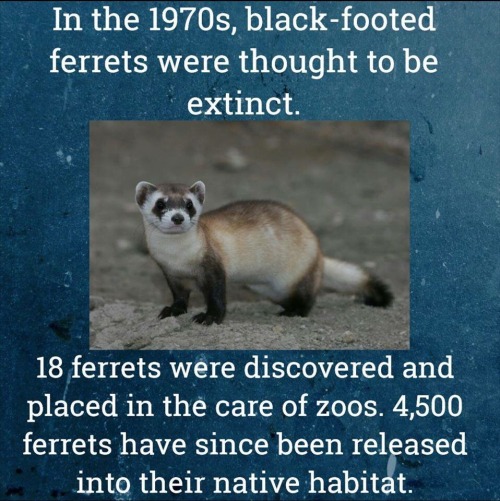
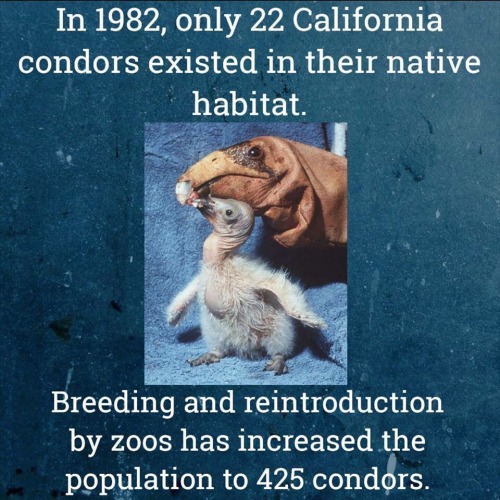


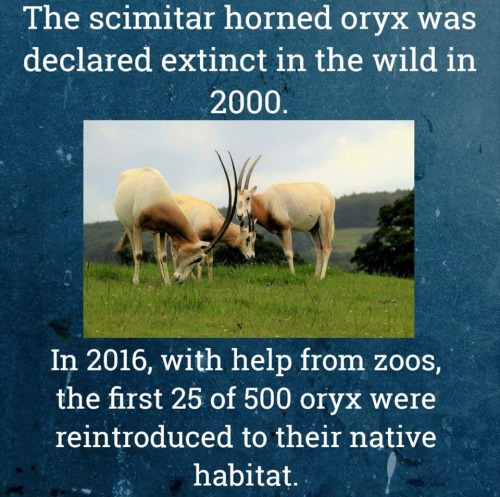
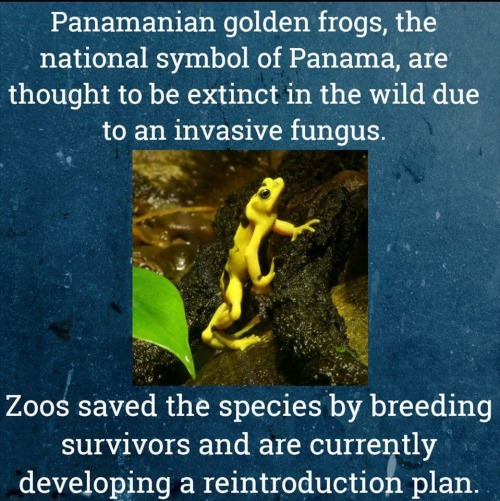
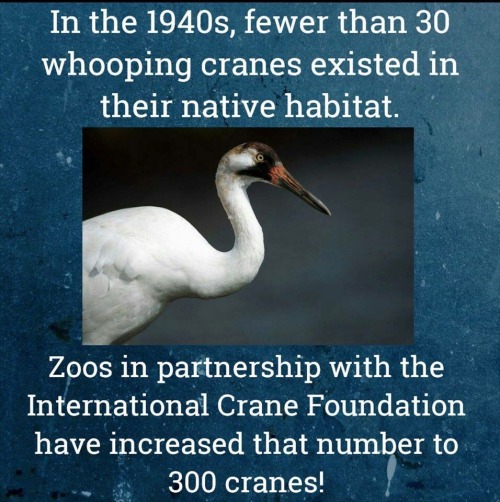

Zoos prevent extinction. This is why I support zoos. This is why the world should support zoos.
Meme credit goes to the zookeepers at www.facebook.com/ZoosSavingSpecies @zoossavingspecies
-
 ruby-ata-blog liked this · 8 years ago
ruby-ata-blog liked this · 8 years ago -
 flowersbeauty-16 liked this · 8 years ago
flowersbeauty-16 liked this · 8 years ago -
 hudderston reblogged this · 8 years ago
hudderston reblogged this · 8 years ago -
 hudderston liked this · 8 years ago
hudderston liked this · 8 years ago -
 woesgold reblogged this · 8 years ago
woesgold reblogged this · 8 years ago -
 woesgold liked this · 8 years ago
woesgold liked this · 8 years ago -
 great-barrier-reef-202-blog reblogged this · 8 years ago
great-barrier-reef-202-blog reblogged this · 8 years ago -
 yosxxo liked this · 8 years ago
yosxxo liked this · 8 years ago -
 bpdylan89 liked this · 8 years ago
bpdylan89 liked this · 8 years ago -
 angellheadedhipster reblogged this · 8 years ago
angellheadedhipster reblogged this · 8 years ago -
 political-ecology reblogged this · 9 years ago
political-ecology reblogged this · 9 years ago -
 ghostly2lighten liked this · 9 years ago
ghostly2lighten liked this · 9 years ago -
 llamaslikesciencetoo reblogged this · 9 years ago
llamaslikesciencetoo reblogged this · 9 years ago -
 panthebear liked this · 9 years ago
panthebear liked this · 9 years ago -
 jessi-cat-puncher reblogged this · 9 years ago
jessi-cat-puncher reblogged this · 9 years ago -
 jessi-cat-puncher liked this · 9 years ago
jessi-cat-puncher liked this · 9 years ago -
 taurusofmay reblogged this · 9 years ago
taurusofmay reblogged this · 9 years ago -
 tigerrrsharrrk liked this · 9 years ago
tigerrrsharrrk liked this · 9 years ago -
 lorax177 reblogged this · 9 years ago
lorax177 reblogged this · 9 years ago -
 lorax177 liked this · 9 years ago
lorax177 liked this · 9 years ago -
 aquaticregicide-blog reblogged this · 9 years ago
aquaticregicide-blog reblogged this · 9 years ago -
 space-sinnybun liked this · 9 years ago
space-sinnybun liked this · 9 years ago -
 hippie-chick-18-blog reblogged this · 9 years ago
hippie-chick-18-blog reblogged this · 9 years ago -
 cassandrapickle liked this · 9 years ago
cassandrapickle liked this · 9 years ago -
 bitch-dont-krill-my-vibe reblogged this · 9 years ago
bitch-dont-krill-my-vibe reblogged this · 9 years ago -
 sapphrem liked this · 9 years ago
sapphrem liked this · 9 years ago -
 kadytheredpanda liked this · 9 years ago
kadytheredpanda liked this · 9 years ago -
 sayaaensland reblogged this · 9 years ago
sayaaensland reblogged this · 9 years ago -
 weredrakka liked this · 9 years ago
weredrakka liked this · 9 years ago -
 llamafollower liked this · 9 years ago
llamafollower liked this · 9 years ago -
 wild-oceans reblogged this · 9 years ago
wild-oceans reblogged this · 9 years ago -
 vagnhvalr reblogged this · 9 years ago
vagnhvalr reblogged this · 9 years ago -
 submerged-secrets liked this · 9 years ago
submerged-secrets liked this · 9 years ago -
 momoirokami reblogged this · 9 years ago
momoirokami reblogged this · 9 years ago -
 synthmorph reblogged this · 9 years ago
synthmorph reblogged this · 9 years ago -
 medievalmother reblogged this · 9 years ago
medievalmother reblogged this · 9 years ago -
 ripntearripndip reblogged this · 9 years ago
ripntearripndip reblogged this · 9 years ago -
 hybridair liked this · 9 years ago
hybridair liked this · 9 years ago -
 sharklyweekly reblogged this · 9 years ago
sharklyweekly reblogged this · 9 years ago -
 mangeekyou liked this · 9 years ago
mangeekyou liked this · 9 years ago -
 ocean-depths reblogged this · 9 years ago
ocean-depths reblogged this · 9 years ago
Mainly interested in ecology, but also the entirety of science.
179 posts